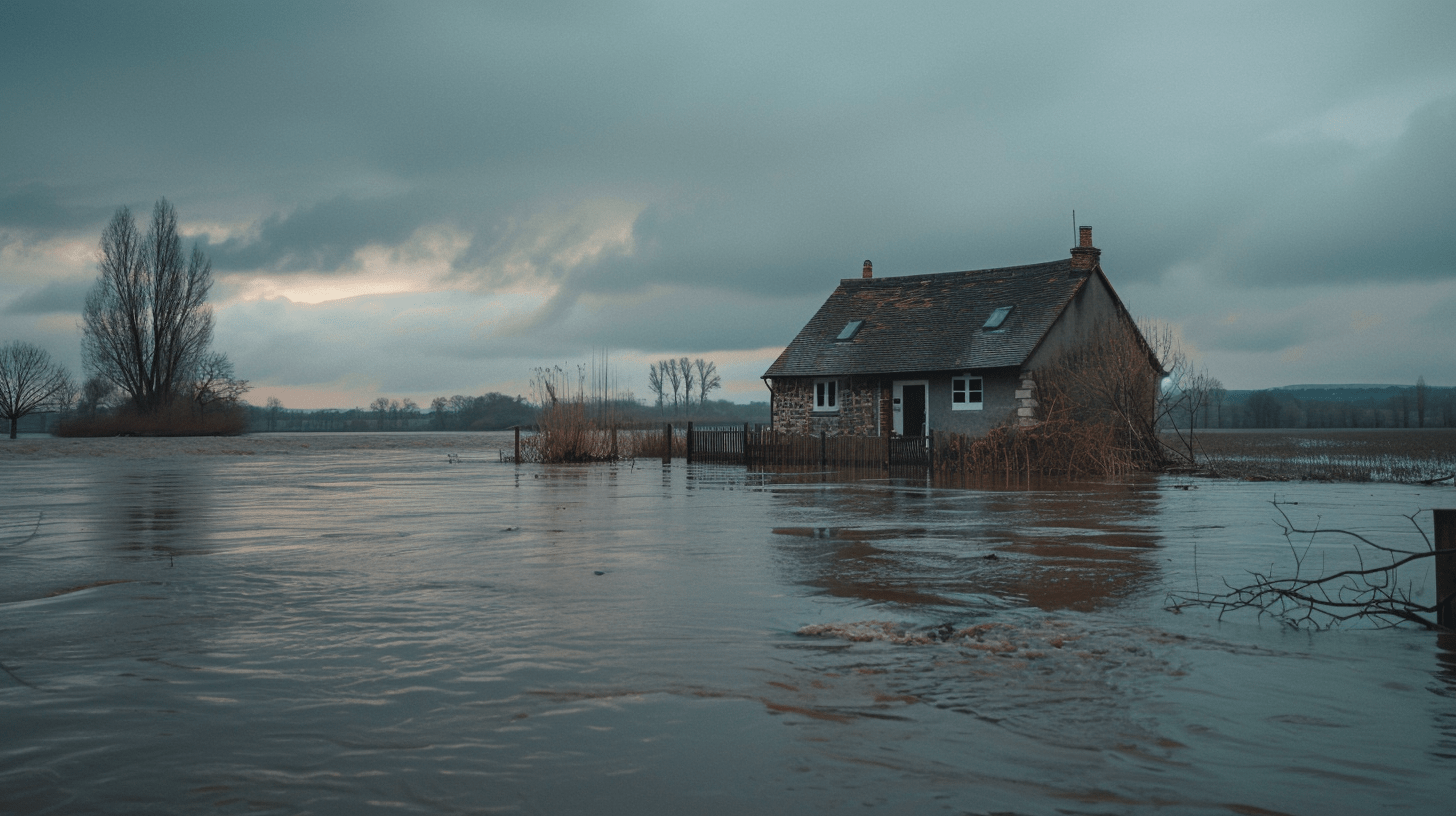Floods
Flooding is worsening with climate change and urban growth. Learn what causes floods, their impacts, and how to build resilience.

Causes of Flooding
Flooding can result from both natural and human-induced factors:
Natural
- Heavy Rainfall: Intense or prolonged precipitation can saturate the ground and exceed the capacity of rivers and drainage systems, leading to flooding.
- Snowmelt: Rapid melting of snow and ice can release large volumes of water into rivers and streams, causing them to overflow.
- Storm Surges: Strong winds from storms or hurricanes can push seawater onto coastal lands, resulting in coastal flooding.
- Ice or Debris Jams: Accumulations of ice or debris can obstruct river flow, causing water to back up and overflow the banks.
Human-induced Causes
- Deforestation: Removal of trees reduces the land's capacity to absorb rainfall, increasing surface runoff and the risk of flooding.
- Urbanization: The expansion of impervious surfaces like roads and buildings decreases natural infiltration, leading to increased runoff and overwhelmed drainage systems.
- Poor Land Use Practices: Activities such as improper agricultural practices and construction can alter natural water flow and reduce the land's ability to absorb water.
- Infrastructure Failures: Failure of man-made structures like dams, levees, or drainage systems can lead to sudden and severe flooding.
- Climate Change: Changes in climate patterns can lead to more frequent and severe weather events, including heavy rainfall and storms, thereby increasing the risk of flooding.